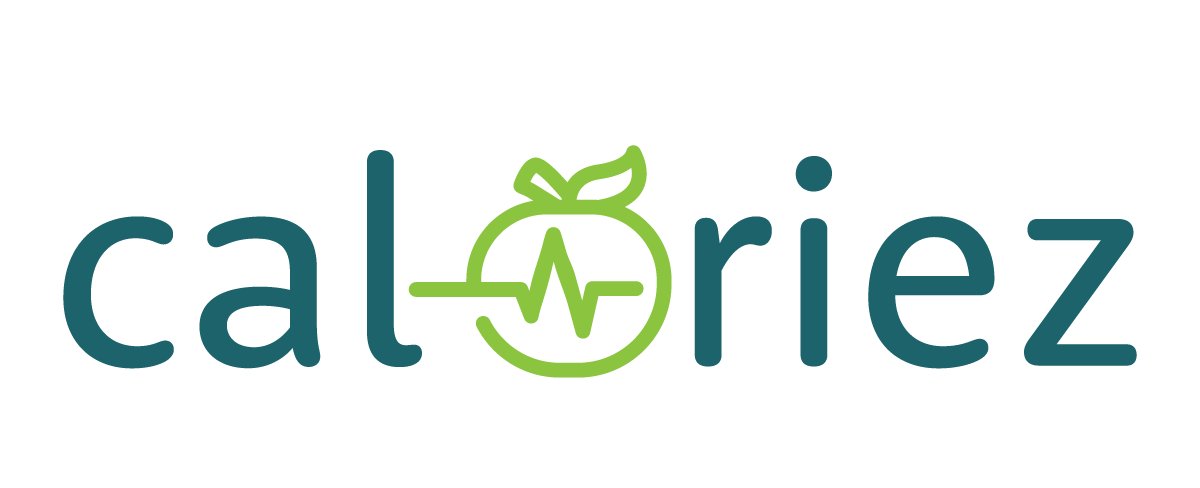At Azara Ballet, dancers aren’t anticipated to make eye contact with the administrators and choreographers. If firm members want an impromptu break from the cruel stage lights throughout rehearsal, they take one. In addition they obtain clear instructions about hair and make-up properly upfront of performances.
The precedence at Azara is dancers’ well being. Based in 2022 by the dancers Kate Flowers and Martin Roosaare, who’re each autistic (and are a married couple), the corporate, which is predicated in Sarasota and Bradenton, Fla., is a haven for neurodivergent performers. (The corporate is made up of 10 dancers, not all of whom are neurodivergent.)
“When I’m dancing,” Flowers mentioned, “so long as it’s in a superb atmosphere and a protected area, the expression by means of nonverbal motion is one thing that helps me so much.”
Azara addresses a niche within the dance world: the necessity for areas the place individuals who have autism, A.D.H.D. or different situations that fall below the broad time period “neurodivergent” can freely expertise the artwork type. Proof, each anecdotal and empirical, means that there’s a deep connection between dance and these neurological situations. This relationship has develop into an space of elevated focus for researchers, artists and performing arts organizations in recent times.
In November, Azara gathered for a run-through of its program “Voices of Azara” within the black field theater the place the present would quickly happen. The environment within the theater felt each lively — the dancers warmed up, reviewed steps, chatted — and calm: There was tempered lighting, pleasantly cool air and, among the many performers, a seemingly innate consciousness of the quantity of their voices.
To start the rehearsal, Roosaare gave the dancers a rundown of the schedule for the following three hours. Then, they went by means of the 4 items — all by firm members — earlier than receiving notes. Because the dancers carried out, the music was by no means overwhelmingly loud, and corrections have been by no means shouted.
Principally, although, the rehearsal didn’t seem a lot totally different than that of any small dance firm. However what makes “a world of distinction,” mentioned the dancer Rebecca Kimsey, who’s autistic, is the extent of humanity and consideration within the studio.
“Martin and Kate have been very accepting and likewise very understanding of something that comes up,” she mentioned, “like if I’m having a day the place I get up with a migraine from overstimulation.”
She added: “If we’re in rehearsal and issues are shifting actually quick, they nonetheless don’t yell out corrections, which might alarm or startle individuals in the event that they’re targeted.”
Flowers mentioned she had at all times felt pulled towards dance. “Notably with autism, it’s actually useful to have construction,” she mentioned. “Dance actually supplies that. It is smart why I used to be drawn to bop, and why I saved being drawn again.”
Analysis validates these experiences. Findings counsel that dance could also be unusually well-suited to complementing the strengths that include being autistic or having sure neurological situations, whereas additionally assuaging a number of the difficulties.
Dr. Jessica Eccles, a researcher at Brighton and Sussex Medical Faculty in England, research the way in which some situations overlap with hypermobility (a larger-than-typical vary of movement) and creativity. “Consideration to element, reminiscence, passions, considering exterior of the field — all of these items in all probability are helpful property for dancers,” Eccles mentioned. “A excessive proportion of dancers could be neurodivergent, however it will not be acknowledged; they won’t have diagnoses.”
Julia Basso, the director of Virginia Tech’s Embodied Mind Lab, has established additional proof of the hyperlink between dance and neurodivergence, by measuring mind waves. Amongst a gaggle of musical theater artists, most with autism, dance and efficiency have been proven to extend intra-brain synchrony — that’s, neural connections inside a performer’s mind — in addition to interbrain synchrony, or the connections made amongst a number of individuals. This implies that dance can play an vital function in issues like social connection and reducing anxiousness, Basso mentioned, that are frequent challenges.
Roosaare and Flowers have noticed dance’s optimistic results on a gaggle of preschool-aged autistic college students enrolled in Azara’s Atypical Dance Initiative. The scholars usually battle to focus in class in the course of the day, Roosaare mentioned, “however in relation to dance, they at all times listen and interact.”
Whereas Azara takes a dancer-first method to inclusivity, most firms primarily concentrate on audiences. New York Metropolis Ballet, for instance, not too long ago hosted a sensory-friendly efficiency of “The Nutcracker” and has one other sensory-friendly occasion (a Balanchine triple invoice) deliberate for Could. Different firms have additionally applied this apply, largely as a part of the “Nutcracker” season.
“Audiences felt welcomed, they felt supported, they didn’t really feel judged,” Meghan Gentile, Metropolis Ballet’s affiliate director of schooling, mentioned a couple of sensory-friendly efficiency final spring. “Extra conversations are occurring surrounding find out how to make all our performances a bit extra accessible. There’s this new lens that’s been placed on our work.”
At Azara all performances are conceived with neurodiversity in thoughts. An analogous method is being taken by Lumberyard Middle for Movie and the Performing Arts, in New York Metropolis, with its Seats on the Spectrum, an accessibility program designed for simple implementation at theaters. The pilot model, which debuted in October, is out there on the New Victory Theater, the HERE Arts Middle and on the Roundabout Theater Firm.
Adrienne Willis, Lumberyard’s government and inventive director, mentioned that “whereas separate performances and the separate festivals are improbable they usually attain so many individuals, it’s not reaching an enough variety of the inhabitants.” She added that Lumberyard was desirous about making accessibility “extra economically viable for theaters.”
At many of those occasions, viewers members are provided sensory kits — fidget toys, earplugs, noise-canceling headphones — and a visible and text-based description of what to anticipate from their time on the theater. There are sometimes designated, less-crowded seating areas for neurodivergent viewers, and, in the course of the present, home lights are by no means absolutely dimmed, lighting and sound results are tempered, and patrons are welcome to return and go as wanted.
These could seem to be large modifications. However the Azara dancer Kimsey mentioned that when a few of her pals attend these performances, “They’ve informed me ‘I barely discover a distinction; I didn’t realize it was a sensory-friendly day.’”
Nonetheless, she added: “For individuals who want these modifications, it’s a lifeline. It connects you with one thing you might in any other case possibly by no means get to witness.”
The subsequent era of dance artists are creating the instruments to think about neurodivergence, too. On the Glorya Kaufman Faculty of Dance on the College of Southern California, Patrick Corbin, an affiliate professor of apply in dance, joined forces with a neuroscientist and occupational therapist, in addition to neurodiverse theater performers, to ascertain a course referred to as Dance and Neurodiversity/Autism.
By combining science, motion and group engagement, Corbin hopes the scholars will study how dance impacts the mind and also will higher perceive these situations as a complete.
“We develop methods based mostly in dance, utilizing all of these issues, to see how we will be taught extra about strolling in someone else’s sneakers,” Corbin mentioned. “As an alternative of attempting to tug individuals with autism into our world, possibly if we went into their world we might discover a bridge to connection.”
As Azara rehearses, it’s evident that connection is a objective. Every dance piece has a transparent which means or story, and the actions chosen by the choreographers should not too opaque to be understood, nor so literal that they really feel hackneyed. The dancers transfer with certainty, with a way of abandon and circulation; they’re of their component.
“For me, choreographing helps when it comes to expression,” Roosaare mentioned, “to have the ability to painting sure emotions and feelings and concepts which might be usually a bit of bit more difficult to get throughout to individuals.”
“I really feel like there are lots of undiagnosed autistic individuals within the dance world who’ve discovered it as an avenue of expression.”




